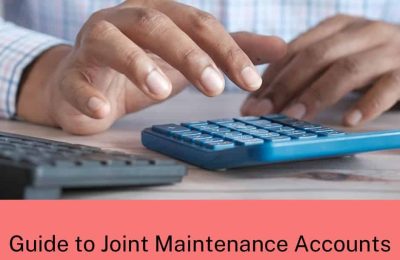Scotland’s private rented sector currently comprises around 395,000 households, every single one with a unique story. There are also some distinctions between rented properties in Scotland and other parts of the world, and from area to area within the country itself. With St. Andrew’s Day approaching, it seems like a good time to look at the different properties and people that make up Scotland’s PRS, unique challenges they face and the common factors that unite them all.
Homes of all shapes and sizes
Scotland has homes of every style imaginable, but the most distinctly Scottish structure must surely be the tenement. Whereas urban growth during the Industrial Revolution saw rows of terraced houses spring up in the cities of England and Wales, Scotland went multi-storey with its iconic tenement buildings. Many of these structures are still standing over 100 years on, some retaining or at least continuing the style of original features such as cornicing on the ceiling, large bay windows, pulleys for drying and of course the elegantly tiled closes. Even within Scotland itself, there are different styles of tenement, influenced by their building materials – red sandstone is predominant in Glasgow, granite in Aberdeen, whilst Edinburgh has a mixture of pale yellows, greys and reds.
Beyond these historic backbones of Scottish housing, many more property types can be found in Scotland’s PRS – from colourfully painted seaside houses to rural crofts, and from suburban villas to apartments in modern new build towers.
A typical Scottish tenant or landlord? There isn’t one…
Just as Scotland’s PRS properties are not carbon copies of each other, nor are the people who live in or own them. There tend to be preconceptions about tenants and landlords as groups – their character, their motivations, their lifestyles – but in reality every person’s journey to and through the sector is completely different.
Those 395,000 PRS households in Scotland mentioned above are made up of families, couples and individuals, as well as friend groups and even erstwhile strangers brought together through circumstance. All ages, ethnicities and incomes are represented. Some areas of Scotland will see specific clusters of tenants commonplace in their rented properties, for example students in St Andrews and oil industry workers from across the UK and beyond in Aberdeen.
Landlords meanwhile take up their role for a variety of reasons. For some individuals, being a landlord is a full-time job with multiple properties they are responsible for. Others may be landlord for just one property with their 9-5 spent working in an office or a factory, a supermarket or a hospital. There are the wealthy investors who set out with a plan to build up a portfolio, and the “accidental” landlords who may have inherited a property and decide that renting it out is the best course of action in the short term at least. The latter scenario can also be the case when couples, both homeowners, move in together and they suddenly find themselves with a spare property.
Unique responsibilities
With different property types come different responsibilities, and so while the fundamentals of letting are the same across the board, the details within tenancy agreements may vary between a bungalow in Dunblane and a waterfront apartment in Dundee.
Perhaps unsurprisingly, Scotland’s climate plays a part in many considerations for the country’s tenants and landlords. Our beautiful country somewhat unfairly tends to be synonymous with rain, but the fact is the heavens do open pretty frequently, so tenants must let their landlord know if water ingress appears inside the property and landlords should be clear at the outset who is responsible for things like clearing out gutters which can become troublesome in the rain if not properly tended to. It gets chilly too, so clarity is also required on responsibility for things such as: replacing the fuel in rural oil-based heating systems; cleaning chimneys in properties that have a real fire.
As for those ubiquitous tenements, the concept of common repairs is an added dimension. Both landlord and tenant may be eager to fix something like a hole in the roof of a tenement block, but their willingness might not always be matched by that of other residents in the building where maintenance responsibilities and costs are shared across all flats. Thankfully a Scottish charity called Under One Roof exists to provide free and impartial information on tenement maintenance and repair management, including advice on working well with neighbours, dealing with owners who won’t pay and raising money for repairs.
Common factors
Whilst there are many differences between tenancies across the land, some things apply to all PRS tenancies – whether in Kirkwall or Kirkcudbright, East Kilbride or West Calder. This is particularly the case with legislation.
Take for example the Private Housing (Tenancies) (Scotland) Act 2016. This saw the introduction of the private residential tenancy (PRT), which has been a requirement to use for any new tenancies created since 1st December 2017. One of the most significant features of the PRT is that it is open-ended, meaning that a landlord can no longer ask a tenant to leave simply because a fixed term has ended, something that had been possible previously.
Then there are the Tenancy Deposit Schemes (Scotland) Regulations 2011. These require any landlord in Scotland who has received a tenancy deposit in connection with a relevant tenancy, even if the tenancy commenced before the introduction of the regulations, to pay the deposit to an approved tenancy deposit protection scheme such as SafeDeposits Scotland and provide their tenant with certain prescribed information regarding their deposit required under regulation 42 – both within 30 working days of the deposit being received.











